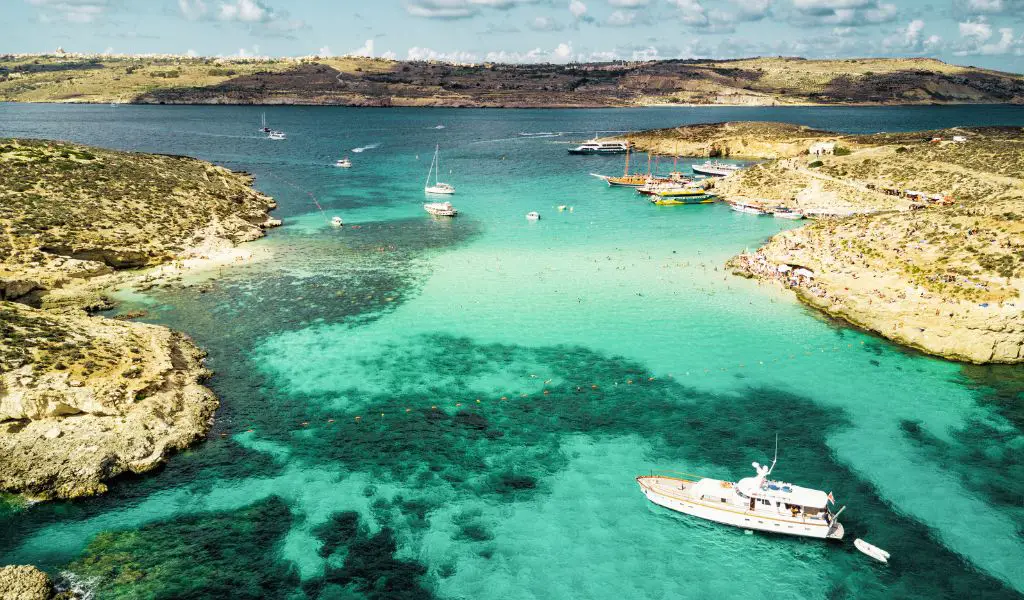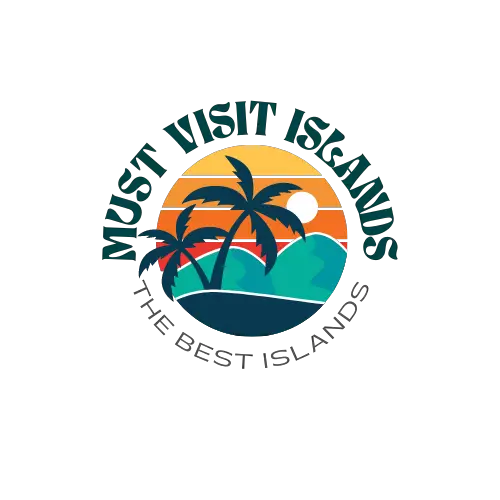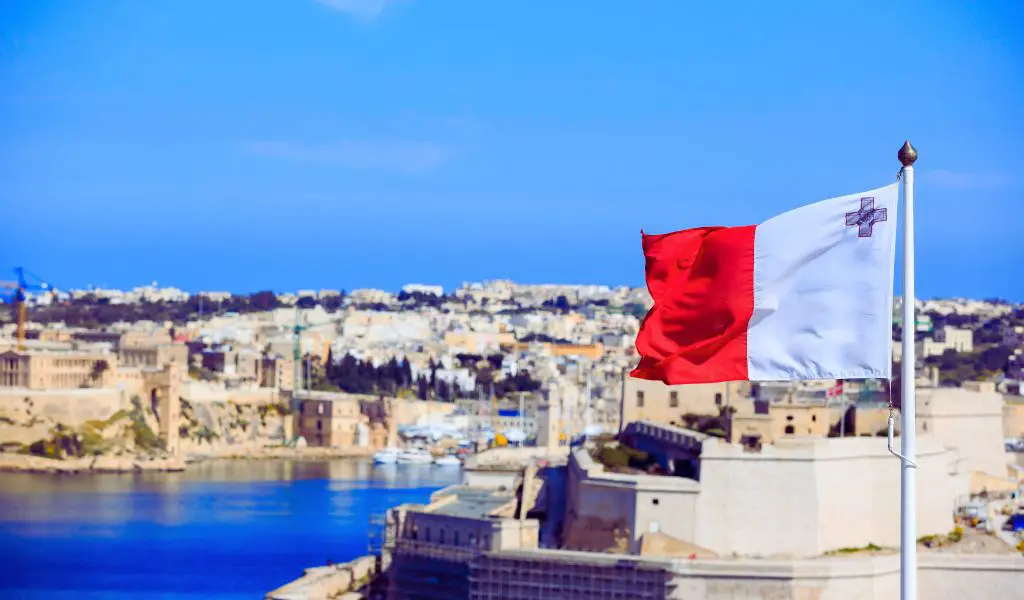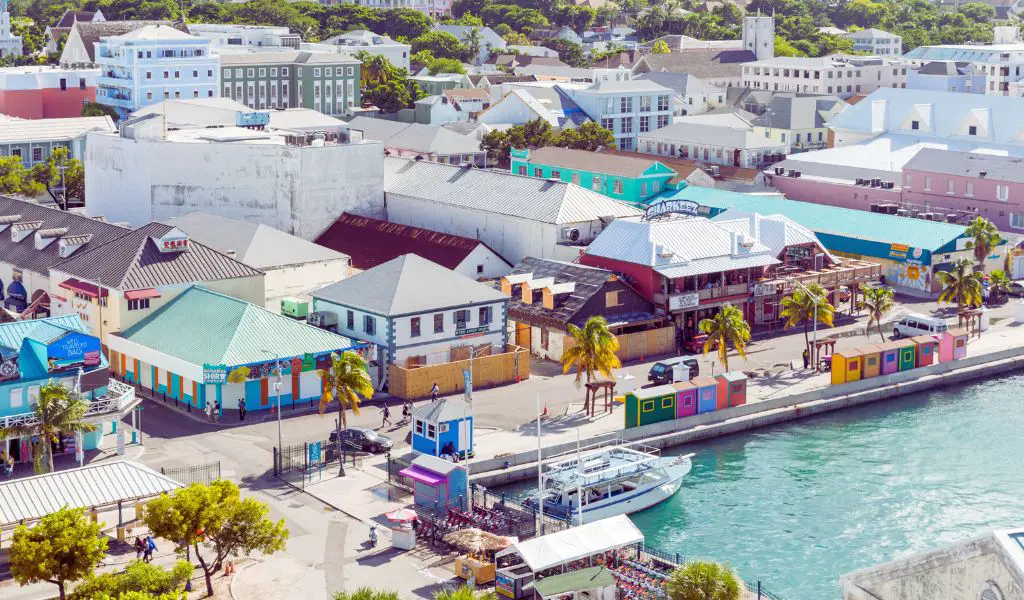Malta, an archipelago nestled in the heart of the Mediterranean Sea, is a harmonious blend of European cultures steeped in centuries-old history. The island country is mainly composed of three islands: Malta, Gozo, and Comino. Each island has a distinctive character, from the urban hustle of Malta to the rural charm of Gozo and the tranquility of Comino.
Geography
Geographically, Malta offers a diverse landscape characterized by low hills, terraced fields, and a rugged coastline adorned with scenic harbors, sandy beaches, and picturesque coves.
Its central location in the Mediterranean has made it a strategic maritime hub throughout history, resulting in a rich tapestry of cultural influences from the Phoenicians, Romans, Moors, Normans, Sicilians, Spanish, French, and British.
Attractions
Notable attractions that showcase Malta’s history and culture include the fortified city of Valletta, a UNESCO World Heritage Site.
It houses several historical monuments, palaces, and museums, including the magnificent St. John’s Co-Cathedral. Mdina, Malta’s former capital city, boasts medieval and baroque architecture.
Moreover, the prehistoric temples of Ħaġar Qim, Mnajdra, and the Ggantija Temples on Gozo are among the oldest free-standing structures in the world.
Activities
Outdoor activities such as diving, hiking, rock climbing, and sailing are popular in Malta.
The islands‘ clear waters, teeming with marine life and fascinating underwater caves and shipwrecks, make Malta one of the best diving destinations in the Mediterranean.
Population
As of the last official count, Malta has a population of approximately 475,000.
Despite its small size, it is one of the most densely populated countries globally.
The population is predominantly Maltese, although it has become increasingly multicultural in recent years.

When to Go
The best time to visit Malta is during the spring (April to June) and autumn (September to November).
During these periods, the weather is pleasantly warm, and the islands are less crowded, offering a more relaxed and enjoyable experience.
How to Get There
Malta is well-connected by air, with the Malta International Airport serving as the primary gateway.
Regular flights from major European cities are available. Additionally, there are numerous ferries from mainland Europe to Malta, specifically from Italy.
Highlights
Key highlights in Malta include the historic capital city Valletta, the medieval ‘Silent City’ of Mdina, and the prehistoric Ggantija Temples.
For nature lovers, the Blue Grotto and the Blue Lagoon in Comino are must-visit spots.
What You Should Know
Malta’s official languages are Maltese and English, making communication relatively easy for English-speaking travelers.
The country uses the Euro (€) as its currency.
Although Malta is a safe destination, it’s advisable to take standard travel precautions, particularly in touristy areas.
FAQs about Malta
What is the local cuisine like in Malta?
Maltese cuisine is a blend of Mediterranean flavors, with influences from Italian, Arabic, and British cuisines. Popular dishes include rabbit stew (fenkata), pastizzi (pastry filled with ricotta or peas), and Ġbejna (local cheese).
Is Malta a good destination for families?
Yes, Malta offers a range of family-friendly activities and attractions, including safe beaches, interactive museums, and outdoor adventure parks.
Do I need a visa to visit Malta?
Malta is a part of the Schengen Area, and citizens from many countries can visit for up to 90 days without a visa. However, it’s always advisable to check the latest visa regulations based on your nationality before traveling.




